
2019 Hyundai Great India Drive: Driving the Venue through the heart of India
For the 2019 Hyundai Great India Drive, we embark on an epic journey as we drive a Venue from the Statue of Unity in Gujarat to New Delhi, via Madhya Pradesh. On the way, we discover some hidden gems while tackling everything – from spicy cuisine to bad roads.
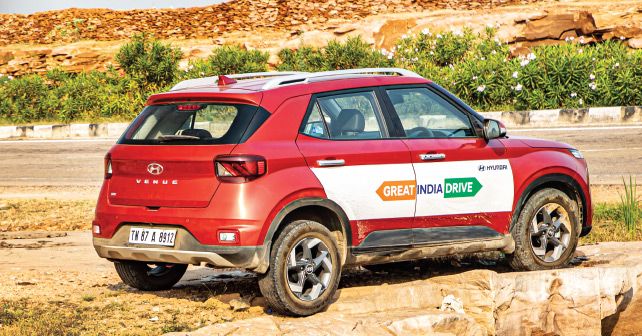
*This is a sponsored feature
Hang on to your hats, and tighten your seatbelts, as we embark on an epic journey to discover some hidden gems while tackling everything – from spicy cuisine to bad roads – in the 2019 Great India Drive in a Hyundai Venue.
Trying to comprehend the scale of the gigantic Sardar Sarovar Dam from the 135-meter high viewing deck of the Statue of Unity – the world’s tallest statue, at 182 metres – can be quite overwhelming. Not only does it make you realise the sheer scale of the statue and the dam below it, but also your relative insignificance. According to officials of the Sardar Sarovar Dam, the water level – it was at its peak of 138 metres, or nearly 500 feet – can supply drinking water to the entire state of Gujarat for multiple years if need be.
A challenge & a delight
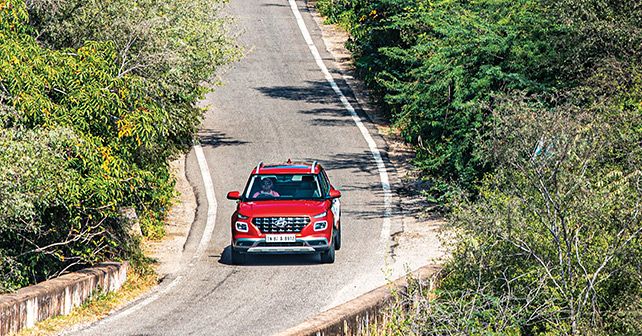
With the vastness of our country, its varied terrain, fauna, and the extreme weather, India can be a challenging delight for travellers from around the world. And part of this delight is the fact India is capable of always surprising you, irrespective of how well acquainted you are with it – discovering something unusual, stumbling on an unexpected place rich in history and architecture, and, of course, coming across some exotic cuisine is simply a given.
So, this time I was ready to be surprised – nope, I wanted to be surprised. So, I made a major change to my usual road-trip methodology. The anal-retentive person that I am, I plan everything down to the T. But not this time. For this trip, I decided to throw every bit of planning out of the window! This meant that I’d choose a new destination every day. The only predetermined aspect of this trip was to return to Delhi in about 4 to 5 days.
Sometime surprising
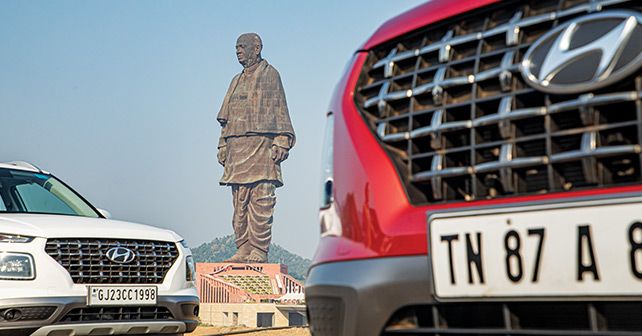
Our journey began from the Statue of Unity in Gujarat. Now, the obvious course to follow would have been to take the Mumbai-Delhi highway, drive through Udaipur and Jaipur and reach Delhi. But an obvious story is very seldom a good story. So, we had to something unobvious, something unexpected, something surprising.
I chose Indore as our first destination, and thus began our journey in the Venue. Why Indore? Well, you see, over the past year or so, I’ve been somewhat interested in the state of Madhya Pradesh. Partly because I have some good friends there who are automotive, culinary, and wildlife enthusiasts, but mostly because I believe that Madhya Pradesh has far more to offer in terms of tourism than we give it credit for. Rich in history, it boasts vast stretches – it is, after all, the second-largest state in India – and amazing national parks. But, for some reason, it remains largely unexplored.
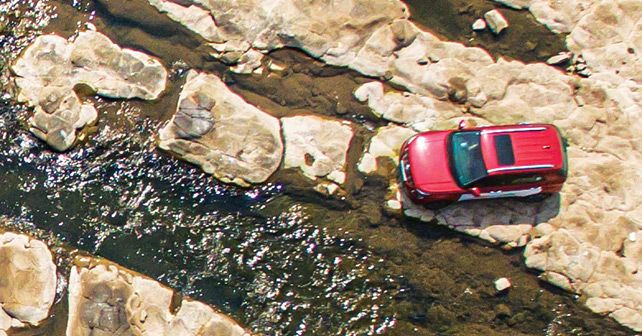
The road conditions of Madhya Pradesh – especially after the recent rainfall and floods – are much less stellar than its neighbouring states of Gujarat, Rajasthan, and even Haryana. Because of poor roads, during our first day’s journey through the interior regions of the state, we made slow progress. The roads were quite narrow, and taking the State Highway limited our average speed. But the Venue’s suspension tackled bad roads effectively, and the inherent stability of its chassis ensured that I was very confident while driving on some unforgiving roads.
Discovering Khalji
The next day brought much excitement and anticipation, for we left Indore for a town I’d never heard of before – Mandu. You see, despite being an admirer of history and architecture, I’d never heard about the rich history and architecture of this erstwhile royal seat of the Malwa region. With a history going back as far as the 6th century – when Mandu was a flourishing city – today, it’s a mix of ruins and exquisitely-designed structures. Interestingly, it’s had a major impact on the world of design.
Inspiring the Taj Mahal
The highlight of Mandu is the Jahaj Mahal – a palace surrounded by two artificial lakes that make it look like a large ship floating on water, hence the name – and Rani Roopmati’s Pavilion, overlooking the Narmada river. The real hidden gem of the Royal Palace complex, though, is Hoshang Shah’s Tomb. It’s India’s first all-marble structure. This clean white mausoleum is said to have inspired the Taj Mahal – the inscriptions here say that architects associated with the Taj Mahal came to Mandu to pay homage to the tomb in the 17th century.
Swachh Bharat
After an eventful afternoon, dosed with a significant lesson in the history of Mandu and getting baked in the sun, we were back in the Venue. The wonderful climate control and extremely supportive seats made the journey back to Indore quite relaxed and delightful.
Indore has two very distinct achievements as a city – one, it’s the street-food capital of India, and two, it’s the cleanest city in India. And we wanted to experience both. On my friend Siddhraj’s recommendation, we headed to Chappan Dukaan – literally 56 shops – to sample some fine street food.
The first stop was Johnny Hot Dog (yes, you read that right!), a shop that serves desi hot dogs – think of it more as an omelette inside a bun. Interestingly, a couple of years ago, it outsold items from all the fast-food chains in the Asia Pacific region on Uber Eats! Johnny’s fare was fresh, spicy, and quite simple, which meant my starving stomach – we eat very little on our road trips, mostly due to a permanent paucity of time – was satiated for once.
The next stop down the street – Madhuram Sweets – was even better, with its wide variety of snacks, including different varieties of kachoris, samosas, ragda patties, uttapams, dosas, and what not. The kachori and the ragda pattice were excellent of course, but the highlight at Madhuram was the custom-made Jalebi that the halwai specially conjured up for me! He insisted that we try jalebi, and when I told him that I only like old-fashioned jalebi – thick, with a crispy outer layer and a gooey soft inner, like I ate while growing up in Moradabad – he presented us with the most delicious jalebi that I’ve tasted in recent times. In short, it sent me to jalebi heaven, if you can imagine such a place.
The street that houses Chappan Dukaan was absolutely chock-a-block with people, two-wheelers, cars, and everything else you can imagine. But, given Indore’s reputation for being the cleanest city in the country, it was heartening to see that the whole area was spick and span. I couldn’t spot even a single piece of litter around us. Whoever’s taken the initiative to make Indore the cleanest city in India has done a fine job, and the rest of India can take inspiration from Indore.
Chasing Blue
After the feast, it was time for another long day on the road. Day 3 of the Great India Drive began with an early morning start to the city of Bundi. Roads in MP ranged from bad to worse, but all this changed the second we entered into Rajasthan – we were finally on clean stretches, where we could push the Venue to decent speeds.
Getting to Bundi from Indore wasn’t easy, and, irrespective of the route you take, it’s at least a seven-and-a-half-hour journey. We arrived in Bundi to meet Avijit Singh, an avid enthusiast and car collector, and also the owner of the Hadoti Palace Hotel. Having gazed wistfully at his car collection – that Land Rover Series 1 SWB was drool-worthy – we decided to step deeper into the town to have a look at the magnificent palace and its details.
I must say that the combination of the lake, the palace, and the old city of Bundi is something worth treasuring, as it’s an absolute architectural delight – and that’s to say nothing of the views it offers. After admiring the vista, it was time to rush to Jaipur before dark.
Heading home
After spending our 4th day of leg one of the Great India Drive in Jaipur, it was time for us to head back home. The Venue, as expected, performed admirably. It has all the quality, refinement, and comfort that you need to tackle all kinds of road and traffic conditions. Particularly appealing aspects of the Venue are its drivability, terrific climate-control system and comfortable seats, which give you excellent lumbar support.
As far as I’m concerned, on this trip, not only did I discover a city with thousands of years of history and fantastic architecture but also the fact that it’s quite possible to have a spanking clean city in India! Who would’ve thought?
But it’s not over yet! You see, we’ve always divided the Great India Drive into two parts, which means that this journey through middle India was just the first leg. I’m sure that the upcoming drive is going to be a far greater challenge, both for me and the Venue.
So, where are we headed to next? Well, to keep the element of surprise intact, I’ll simply say that you’ll have to wait for our December issue to see what ‘Venue’ we choose next…
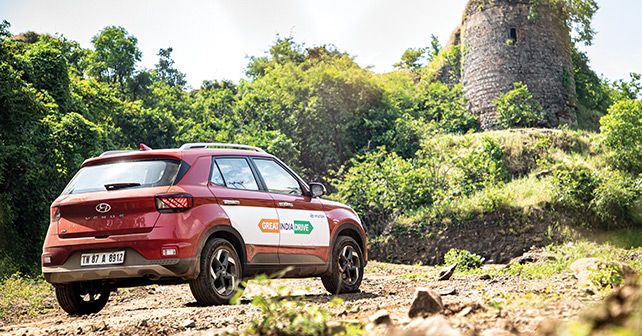
The roads in Madhya Pradesh ranged from bad to non-existent, but the history and architecture on display at Mandu were stunning. And the street food in Indore was an absolute highlight of the trip – especially the jalebi at Madhuram Sweets.
Read more:
Hyundai Great India Drive: Driving a Tucson from McLeodganj to Nako
Hyundai Great India Drive: Driving a Tucson from Rampur to Chanshal Pass
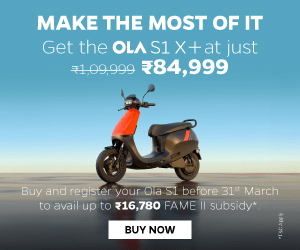


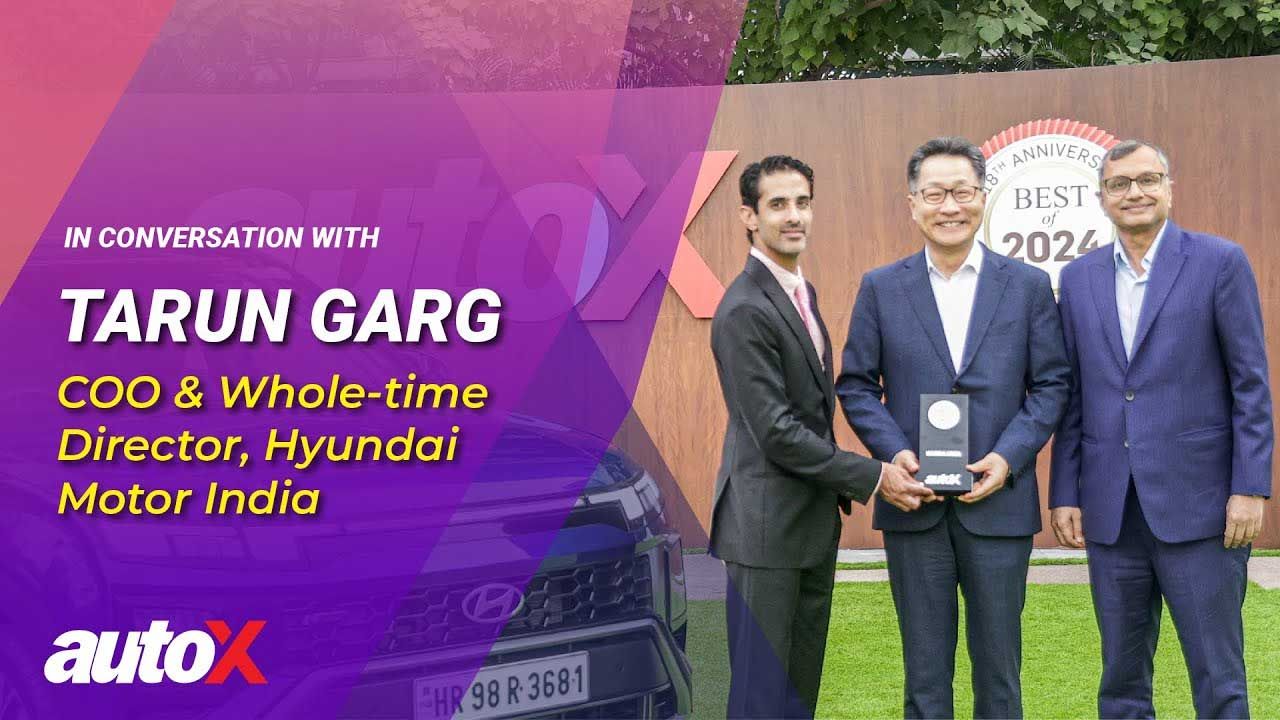
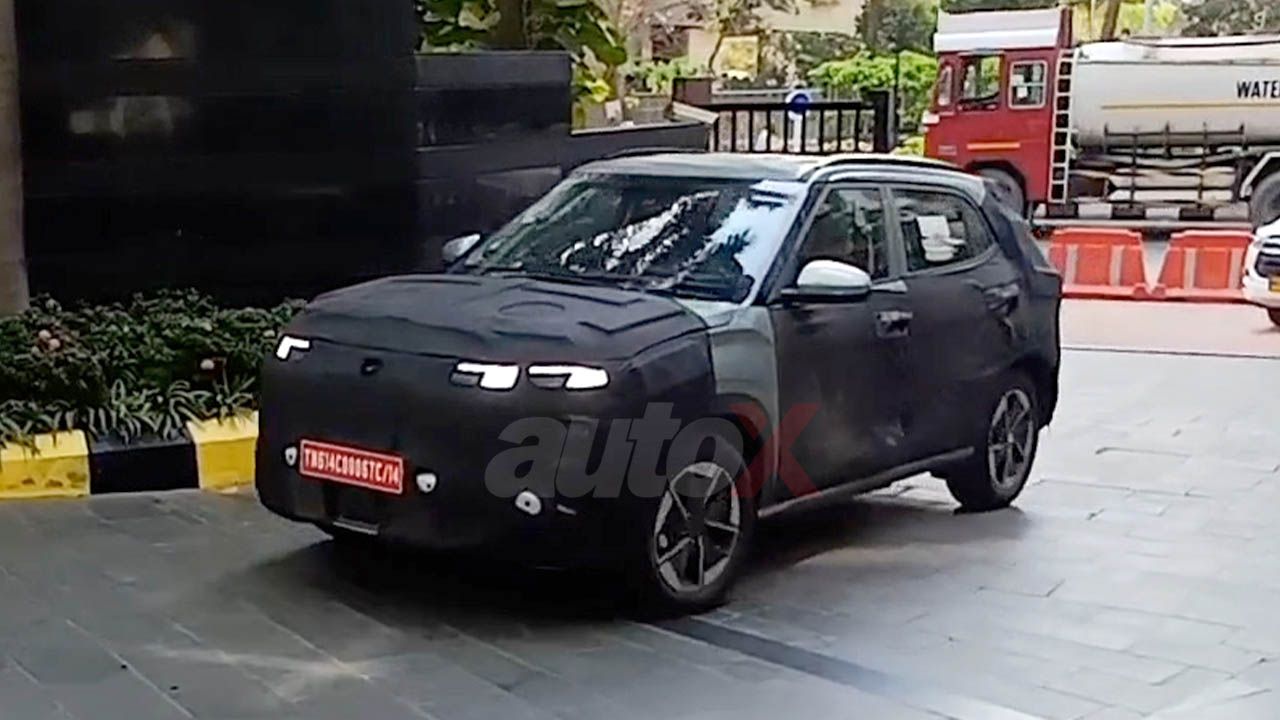
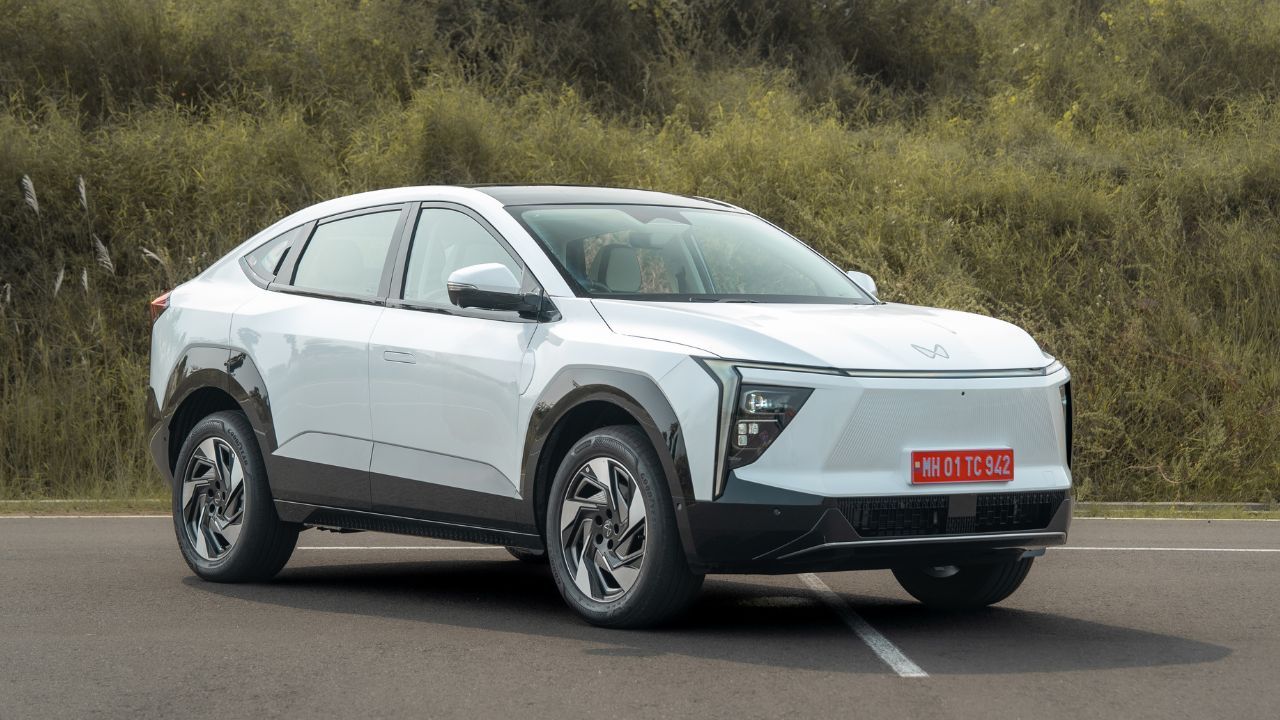
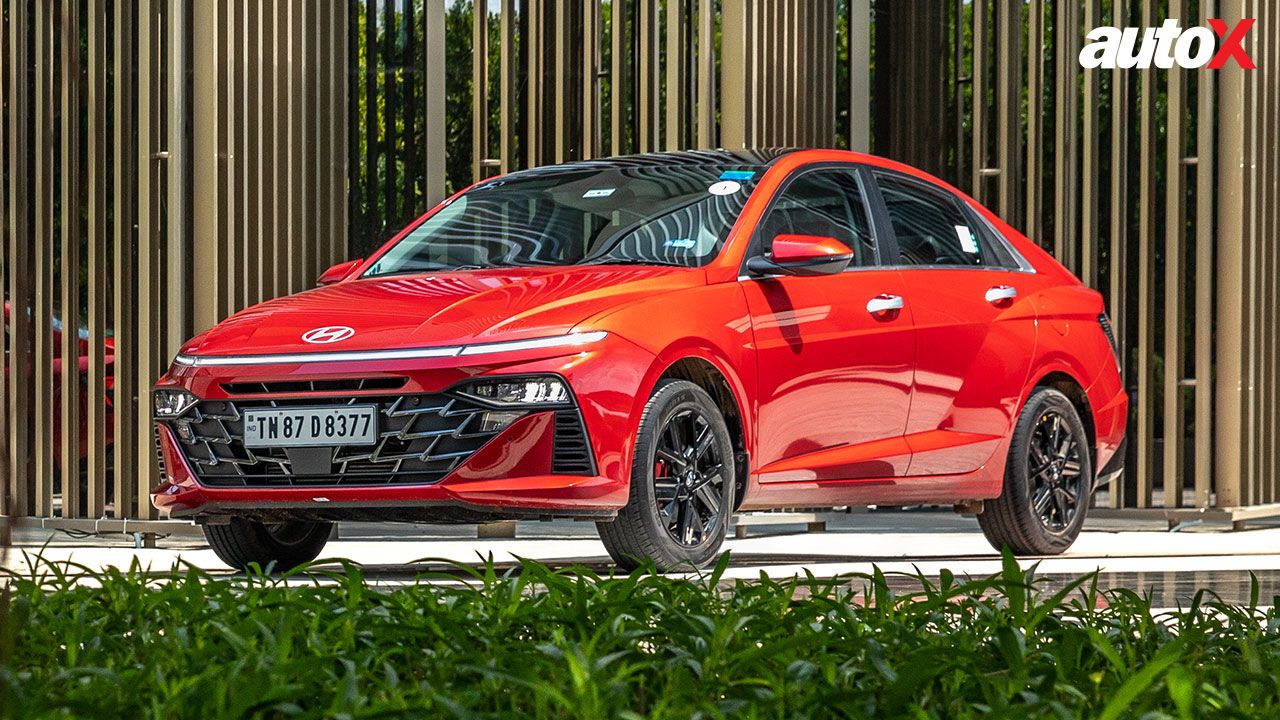
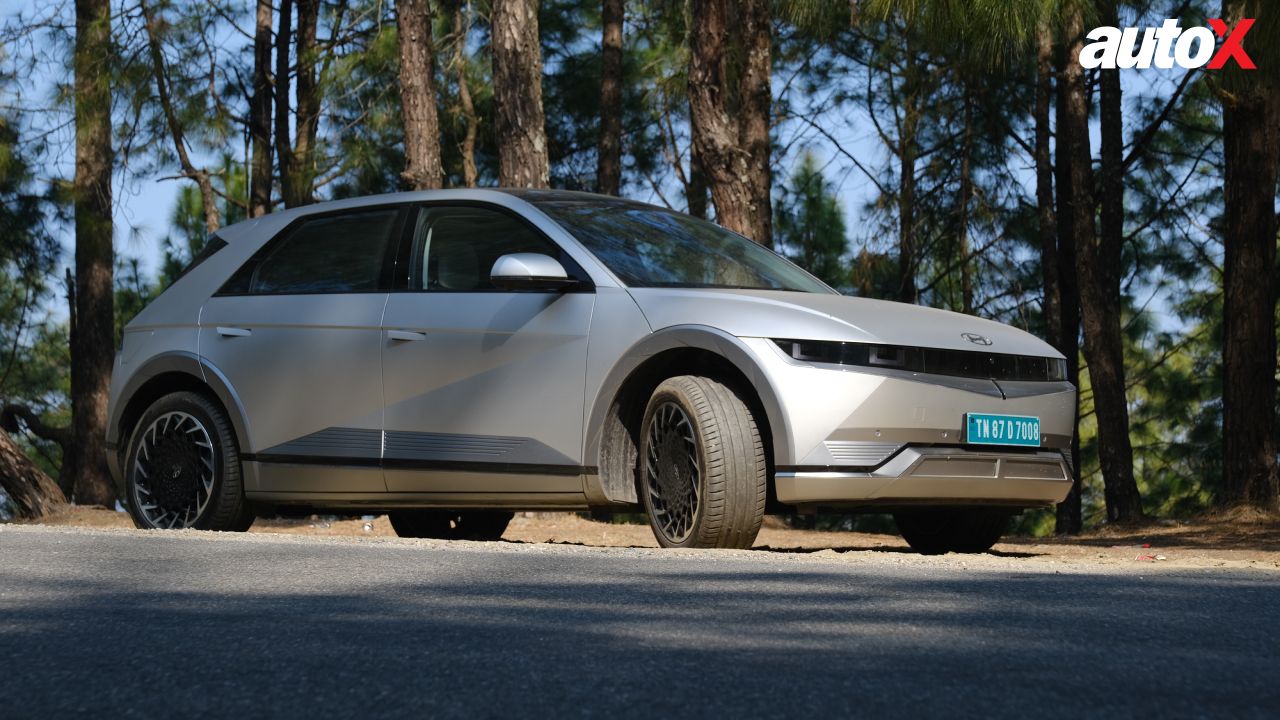
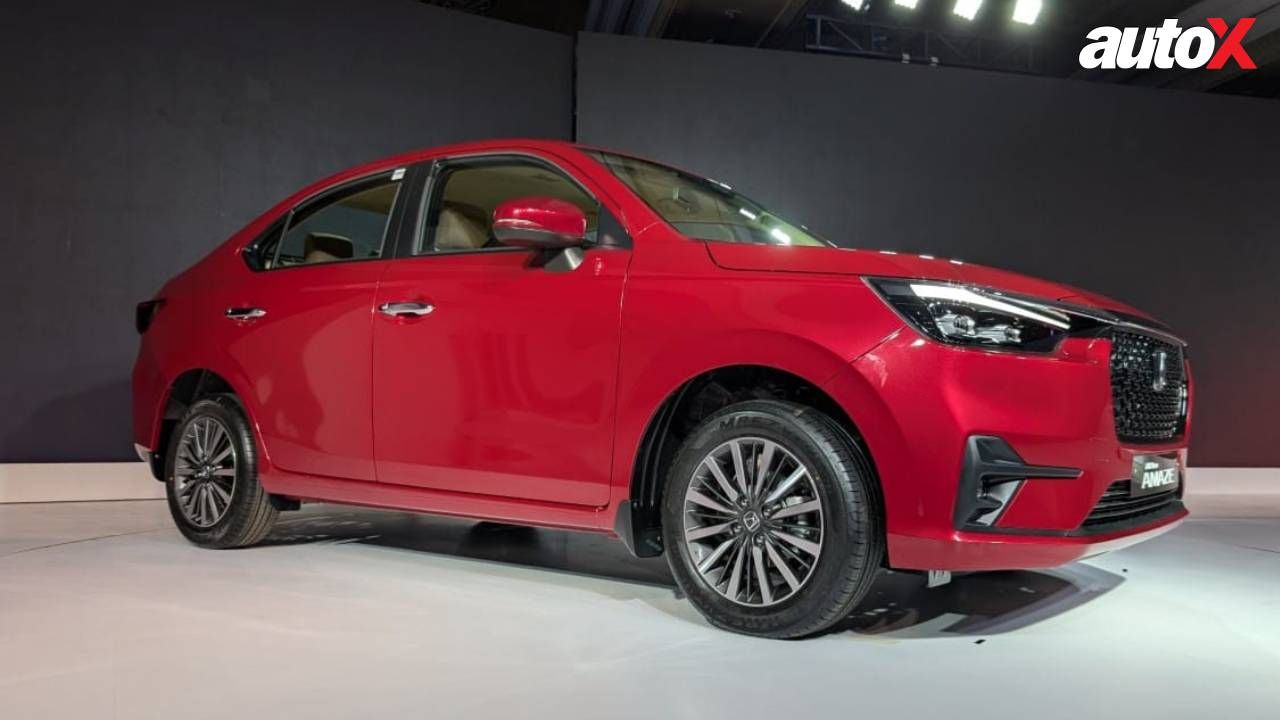

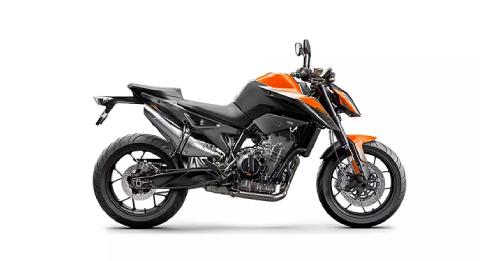
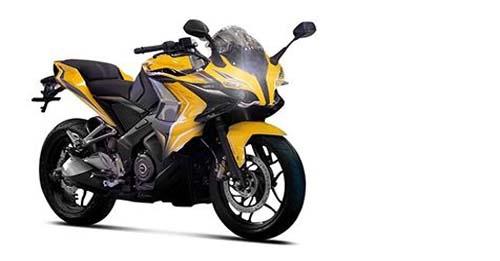
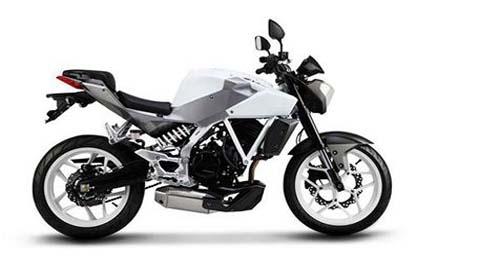
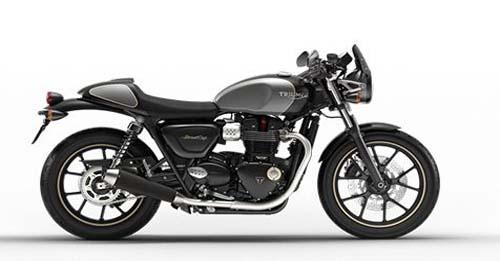

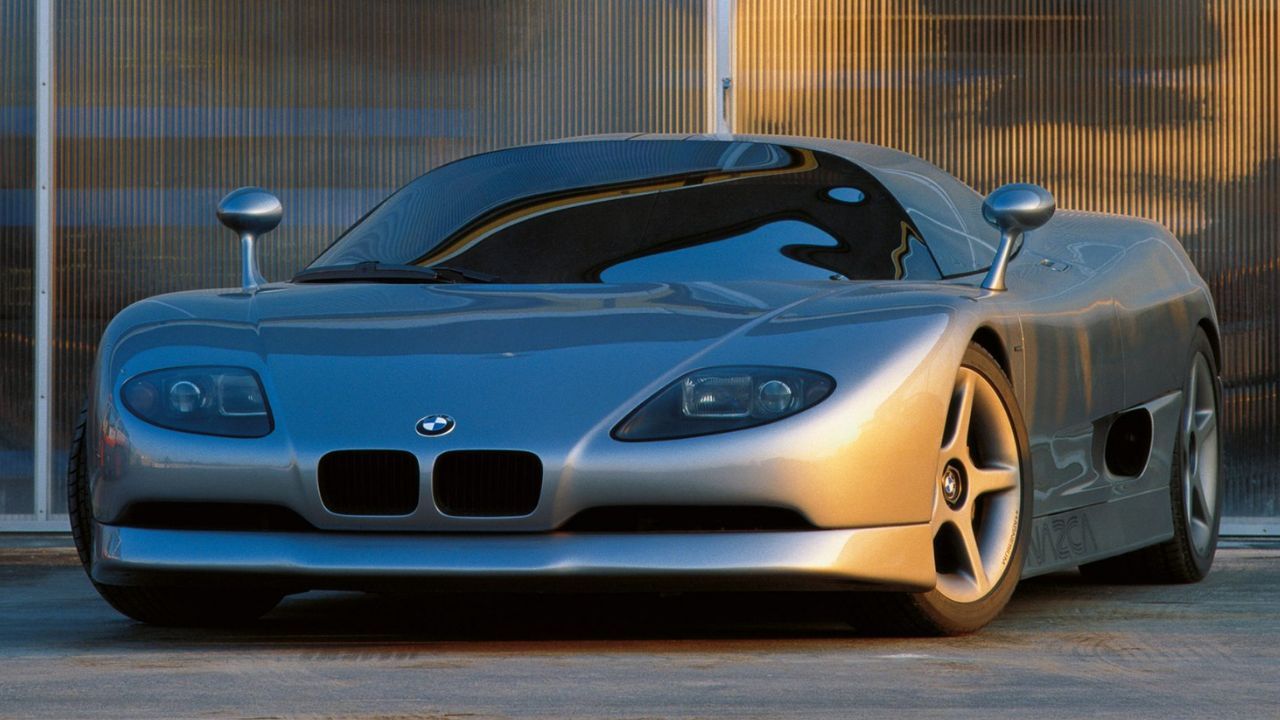

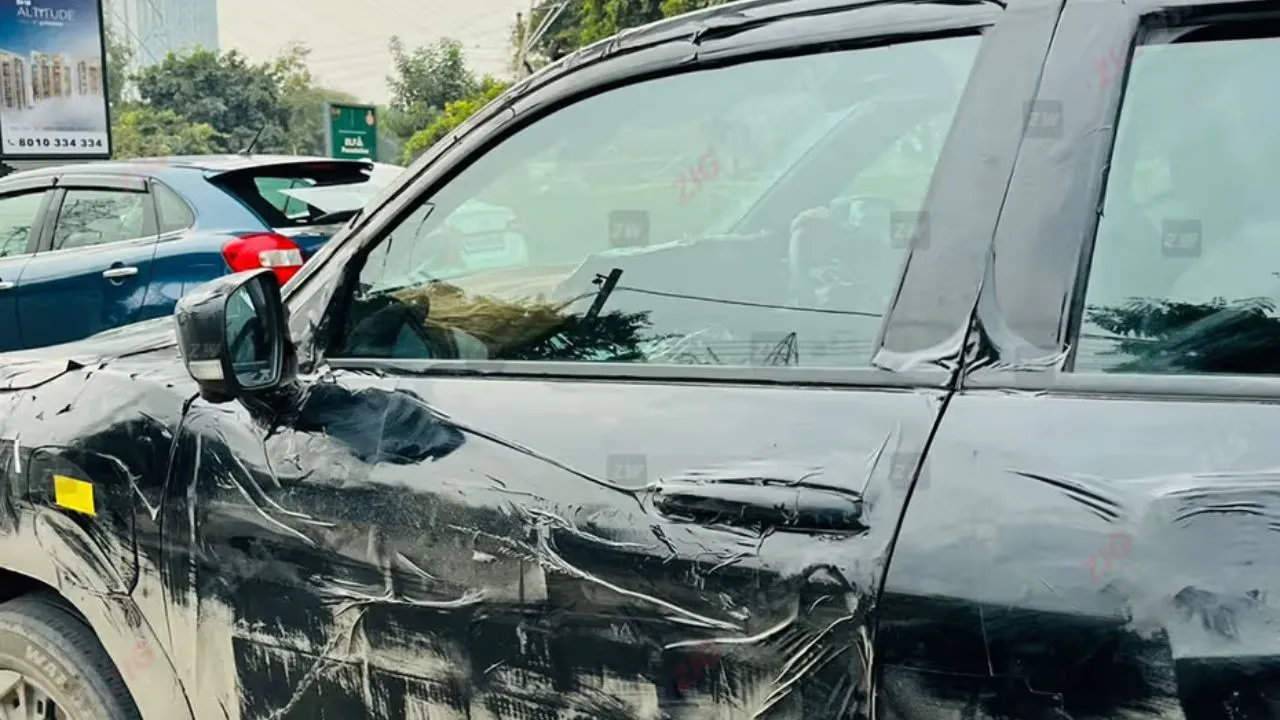
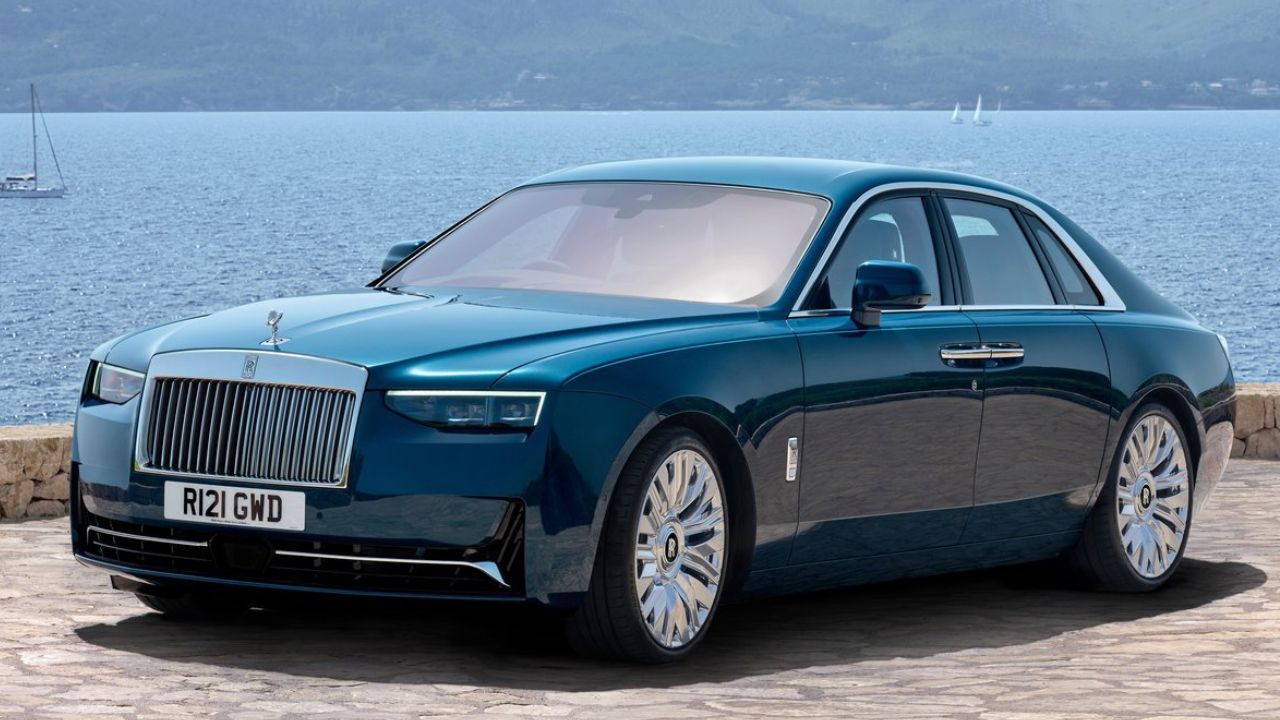
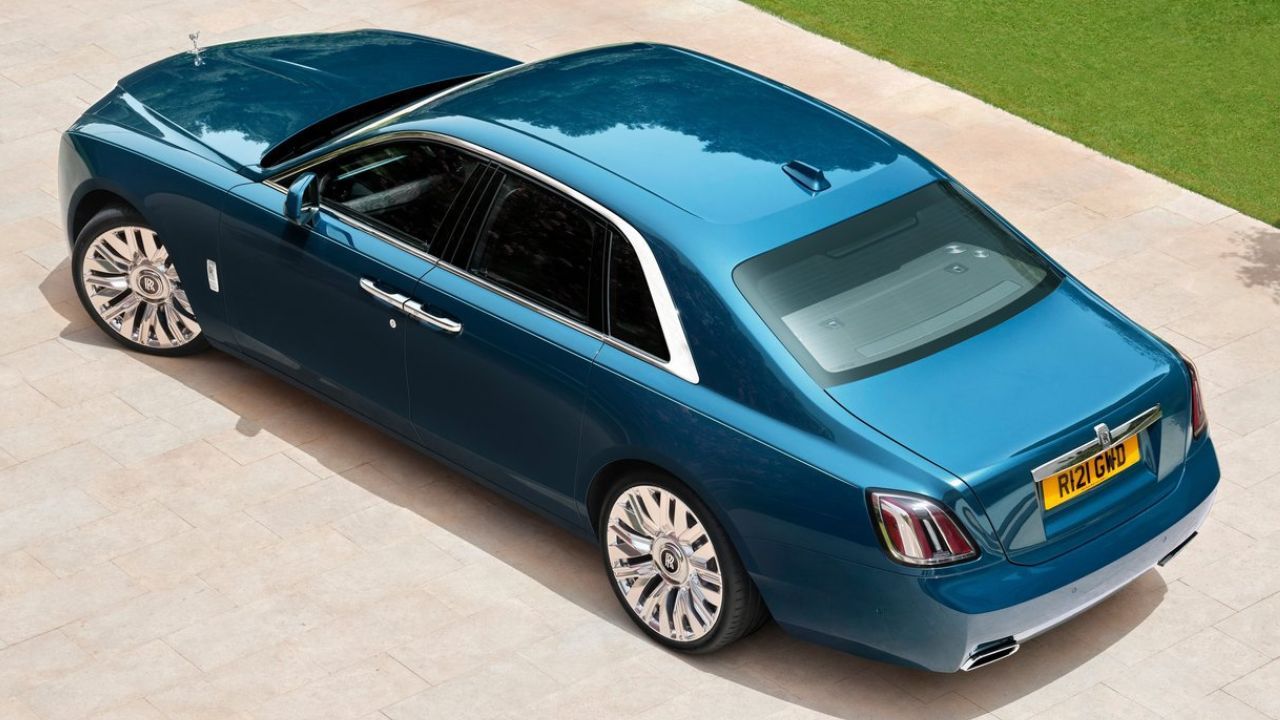
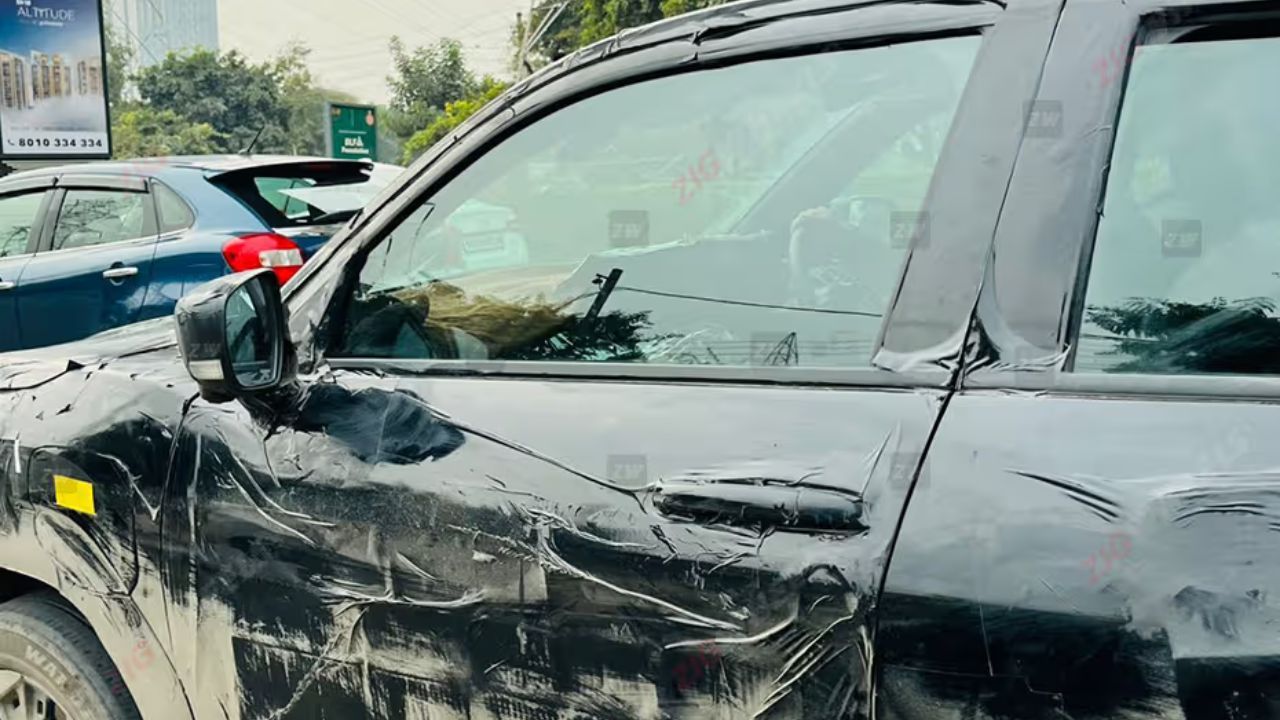
Write your Comment on